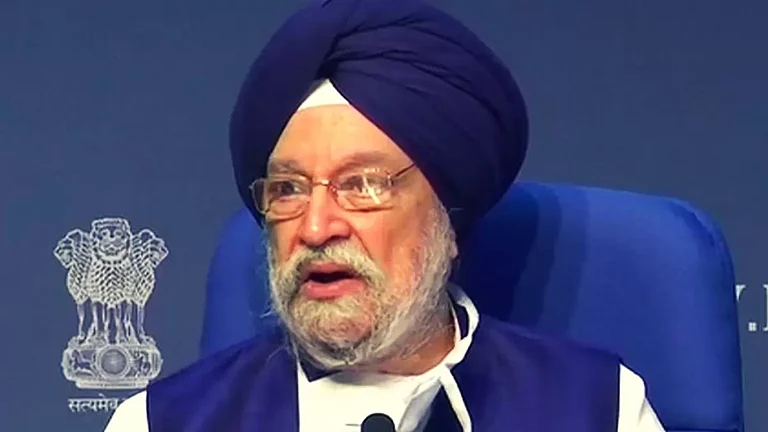Employees covered under their organisation’s group health cover are often advised that they should buy an independent health policy too. Not only does it help cover any shortfall, but also comes in handy in times of job transition.
Such insurance seekers essentially have three choices – buy an independent, full-fledged health policy, add a top-up cover to the base cover or buy a defined benefit policy.
While they will aid in beefing up your protection portfolio, the proof of their utility lies in the claim settlement process. The process was quite complicated earlier due to the contribution clause where insurers shared the claim burden in the ratio of their respective sums insured. Now, thanks to guidelines framed by Insurance Regulatory and Development Authority of India (IRDAI) in 2013, subsequently updated in 2016, the claim process has become simpler for policyholders with more than one policy.
Here’s a look at the operational aspects of filing claims under multiple policies:
Two indemnity covers
Regular health policies issued by general and standalone health insurers work on the principle of indemnity – they undertake to reimburse primarily hospitalisation expenses incurred by the policyholder. For instance, if you are covered under two such policies – out of which, one could be the group cover – you have the option of filing a claim under any of the policies. “Section 24 (ii) of the Health Regulations 2016 specifies the process to be followed when an insured has two or more policies. The customer can claim with an insurer of his choice first and after exhausting the limit he can claim from the other insurer,” says M Ravichandran, President-Insurance, Tata-AIG General Insurance.
If your claim exceeds the sum insured under the first policy, you can make a claim for the balance amount under the other cover. This is also applicable to deductibles, co-pay and sub-limits. You will have to first choose the insurer who will settle the bills through the cashless route. You will then have to submit the relevant documents to claim the balance under the second policy. “The regulation also contains a provision where, even if the sum insured is not exhausted, if the entire claim amount is not settled because of application of copay or sub-limits or deductibles, the policyholder will have all the rights to claim the uncovered amount from the other policies,” says S Prakash, senior executive director, Star Health.
An indemnity cover and a fixed benefit product
The other combination could be an indemnity cover and a defined benefit policy to supplement it. While only general insurers can sell indemnity-based policies as per the new IRDAI guidelines, life insurers allowed to issue fixed benefit policies where the amount that will be disbursed in case of a claim, irrespective of the expenses you may have actually incurred, is mentioned upfront. Critical illness, daily hospital cash plans and disease-specific plans fall under this category. “The amount payable under this policy does not depend on the treatment cost and other expenses. On diagnosis of the critical illness, the insured will get the lump-sum amount. Similarly, amount fixed per day will be provided on the number of days insured stayed in hospital under hospital daily cash benefit,” Alok Bhatnagar, co-founder and CEO, Easypolicy.com. Moreover, you need not furnish the original documents that you may have submitted to your indemnity insurer – photocopies will suffice under fixed benefit plans.
Moreover, you can file a claim under both kinds of policies at the same time. For example, if a person diagnosed with cancer has an indemnity policy as well as a critical illness cover, she can make a claim for hospitalization under the former and also receive the lump-sum payout under the latter. “This lump sum amount can be used for expenses other than hospitalisation. Please make a note of the fact that you cannot make claim payment from different insurer for the same hospitalisation. Health insurance cannot be used for profit making,” adds Bhatnagar.
An indemnity cover and a top-up plan
As the name suggests, a top-up plan comes into play once full-fledged base cover, or deductible agreed upon, is exhausted. And this is the reason why it is much cheaper to enhance your overall protection cover by adding top-ups rather than another full-fledged cover to your portfolio. They can come in handy particularly for employees covered under their group policies. For instance, you could buy a top-up of Rs 10 lakh that either kicks in when your hospitalisation bill exceeds a pre-decided threshold of say Rs 3 lakh or your basic policy of Rs 3 lakh is used up. In case of the former, the policyholder will have to pay out of her resources. In case of co-pay or sub-limits in the base policy, the only aspect that will be factored in will be the pre-fixed deductible amount. “It is not necessary that base cover has to exist leave alone be exhausted for a top-up to kick in. Claim under Top-up would be payable once the deductible limit is crossed,” explains Ravichandran. “The only thing to ensure is that the member is not getting more under the base+top-up option than he has spent on the hospitalisation.”
Beware of the hiccups
While two policies can ensure double the benefit, you need to be aware of the nitty-gritties at the time of filing the claim under two or more policies to avoid unpleasant experiences later. The split protection can pose some challenges. For example, even if your combined coverage is large enough, you cannot use cashless facility under both policies for the same hospitalization claim. “In a reimbursement case, the member would have to wait for one insurer to settle the claim first and then only the other insurer can process the balance, which could lead to a delay,” points out Ravichandran.
Also, remember if you buy two independent covers, it would be a more expensive proposition compared to buying a consolidated policy offering equivalent coverage. “The customer would have paid more for the cover as the first rupee cover is more expensive (Rs 3+3 lakh is more expensive than Rs 6 lakh),” he adds. If you opt for a top-up, buying it from the same insurer could ease administration hassles. “If both policies are with the same insurer than it can work like a single policy with a large coverage. First, the amount would be paid from base policy and then the balance from top-up (subject to deductible). If the two covers are from different insurers, then the process laid under section 24 of health regulation would apply,” he adds. That is, you will have the choice to decide the insurer with whom you will file the claim first.






























